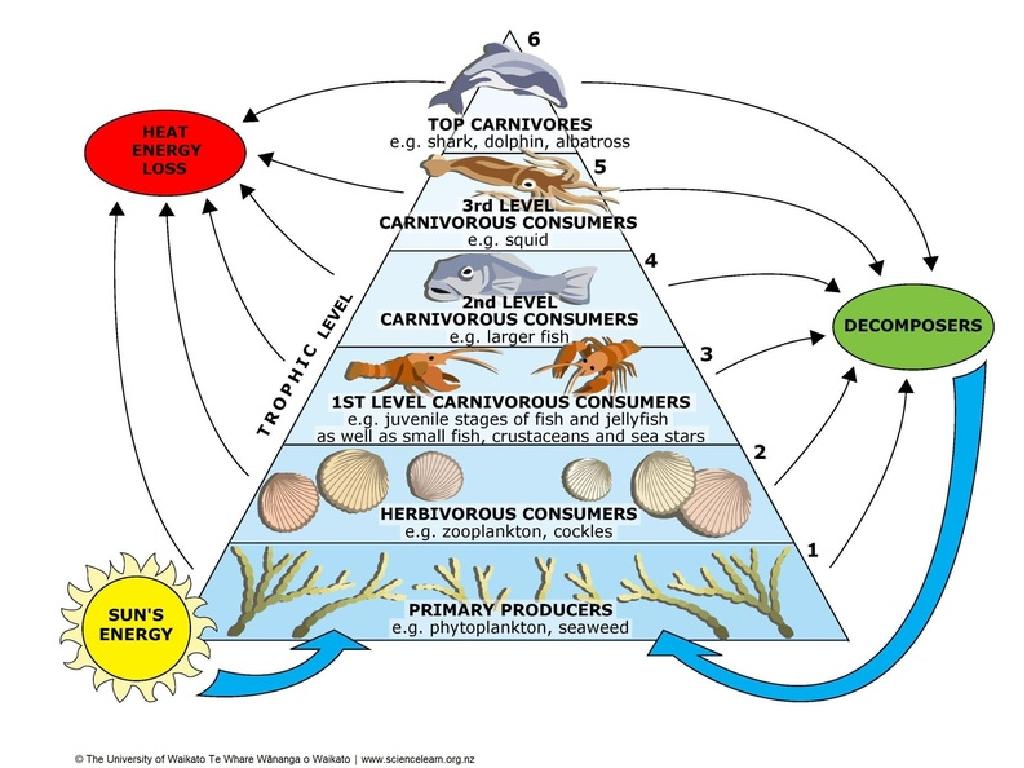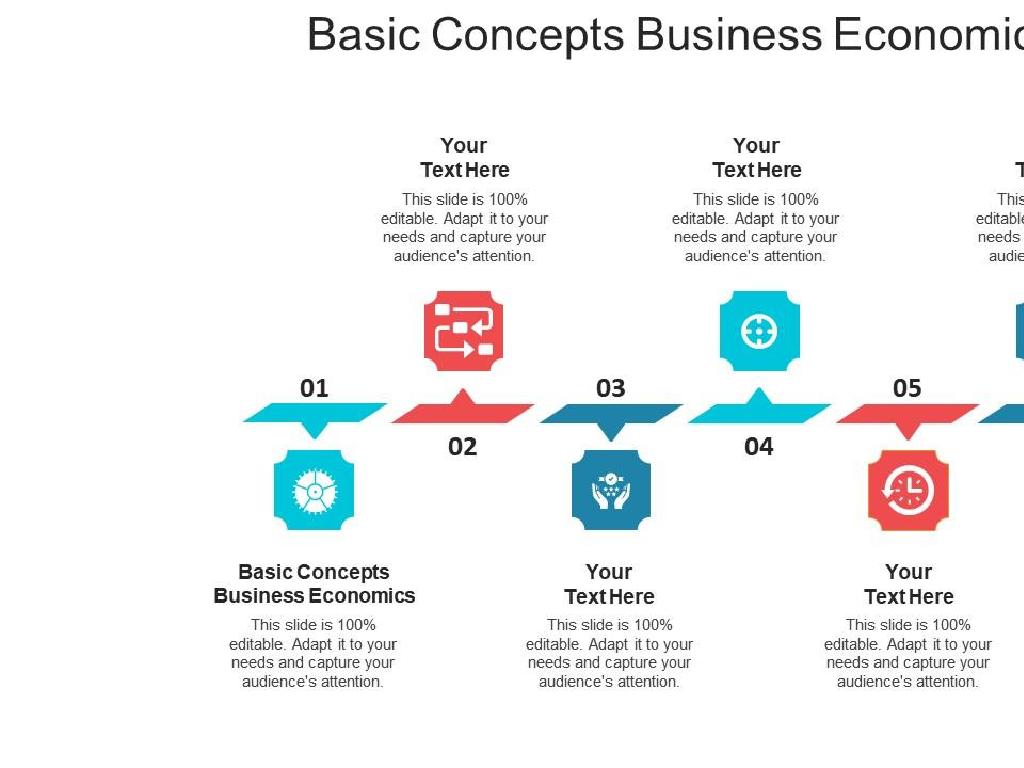Understanding Cells
Subject: Science
Grade: Eighth grade
Topic: Cells
Please LOG IN to download the presentation. Access is available to registered users only.
View More Content
Welcome to the World of Cells!
– Cells: Life’s Building Blocks
– The smallest unit of life, fundamental to all living things.
– Cells’ Role in Organisms
– Essential for life processes, like growth and respiration.
– Exploring Cell Structure
– We’ll look at different parts of a cell and their purposes.
– Functions of Cells
– Cells perform various tasks to keep organisms alive.
|
This slide introduces the concept of cells as the basic unit of life, emphasizing their importance in all living organisms. It sets the stage for a deeper dive into the structure and function of cells, which will be covered in today’s lesson. Highlight the diversity of cell types and the complexity of their functions. Encourage students to think about how cells work together to sustain life. The goal is to spark curiosity about the microscopic world and to provide a foundation for understanding the role of cells in biology.
What is a Cell?
– Cells: Basic units of life
– Smallest living organisms, fundamental to biology.
– Cells as life’s building blocks
– Similar to bricks in a building, cells combine to form organisms.
– Diversity: Prokaryotic vs. Eukaryotic
– Prokaryotic cells lack a nucleus, eukaryotic cells have one.
– Understanding cell functions
|
This slide introduces the concept of cells as the foundational elements of all living organisms. Emphasize that just as buildings are constructed from bricks, living organisms are made up of cells. Highlight the distinction between prokaryotic cells, which are simpler and do not contain a nucleus, and eukaryotic cells, which are more complex and contain a nucleus. This overview sets the stage for a deeper exploration of cell structure and function, and the incredible diversity found within the microscopic world of cells. Encourage students to think about the vast differences in cell types and how this diversity relates to the complexity of life.
Exploring the Foundations of Cell Theory
– Three principles of cell theory
– All organisms are made of cells, cells are the basic units of life, and all cells come from pre-existing cells.
– Key scientists in cell theory
– Contributions by Schwann, Schleiden, and Virchow shaped our understanding of cells.
– Cell theory’s universal application
– This theory is a cornerstone in biology, explaining that all living things are composed of cells.
– Impact on understanding life
|
This slide introduces students to the cell theory, which is fundamental to understanding biology. Begin by discussing the three principles: all living organisms are composed of one or more cells; the cell is the basic unit of structure and organization in organisms; and all cells come from pre-existing cells. Highlight the historical context by mentioning scientists like Matthias Schleiden, Theodor Schwann, and Rudolf Virchow, who were instrumental in developing the cell theory. Emphasize that cell theory applies to all living things, making it a unifying concept in biology. This understanding is crucial for students as it lays the groundwork for comprehending more complex biological processes and the importance of cells in the continuity of life.
Exploring Cell Diversity
– Plant vs. Animal Cells
– Plant cells have cell walls and chloroplasts, animal cells do not.
– Unique Cell Features
– Nerve cells have long extensions; red blood cells are disc-shaped for easy travel in vessels.
– Specialized Cells
– Muscle cells contract for movement; nerve cells transmit signals.
– Functions of Special Cells
– Special cells perform tasks vital for the organism’s survival, like oxygen transport by red blood cells.
|
This slide aims to highlight the diversity among cell types, focusing on the structural differences between plant and animal cells, and the unique features that various cells possess to fulfill their roles. Emphasize the cell wall and chloroplasts in plant cells, which are absent in animal cells. Discuss how the shape and structure of a cell relate to its function, using nerve and red blood cells as examples. Encourage students to think about how specialized cells like muscle and nerve cells are essential for specific functions such as movement and communication within the body. This understanding is crucial for students to appreciate the complexity and specialization of cells in multicellular organisms.
Cell Structure and Organelles
– Explore main cell parts
– Nucleus, mitochondria, ribosomes, etc.
– Functions of organelles
– Nucleus: controls cell; Mitochondria: energy production; Ribosomes: protein synthesis.
– Interactive 3D cell model
– Visualizing organelle placement
– Understand organelles’ locations and relationships within the cell.
|
This slide aims to introduce students to the complex world of cell structure and the various organelles that play critical roles in the life of a cell. Begin with an overview of the main parts, including the nucleus, mitochondria, and ribosomes, among others. Discuss the specific functions of each organelle, such as the nucleus acting as the control center, mitochondria being the powerhouse, and ribosomes being responsible for protein synthesis. If possible, use an interactive 3D model to help students visualize the cell and its components, enhancing their understanding of how organelles are arranged and interact within the cell. This visual aid can be particularly effective in helping students grasp the spatial relationships and the scale of organelles in cells.
The Plasma Membrane: The Cell’s Gatekeeper
– Plasma membrane as gatekeeper
– It selectively allows substances in and out, maintaining homeostasis.
– Fluid mosaic model explained
– Describes the membrane’s structure as various molecules moving in a fluid-like manner.
– Regulation of substance entry/exit
– Uses protein channels and pumps to manage nutrients, waste, and signals.
– Importance for cell survival
|
The plasma membrane is crucial for cell function, acting as a selective barrier. It’s composed of a phospholipid bilayer with embedded proteins, described by the fluid mosaic model. This model highlights the dynamic nature of the membrane, allowing it to self-heal and enable selective transport. Students should understand how the membrane’s selective permeability is vital for maintaining the cell’s internal environment and overall health. Discuss examples like oxygen entering and carbon dioxide leaving to illustrate this point. Emphasize the importance of this regulation in the context of cellular operations and overall organism health.
Cellular Processes: Division & Development
– Explore cell division: mitosis & meiosis
– Mitosis for growth & repair, meiosis for reproduction
– Cells’ role in growth & reproduction
– Cells multiply for organism development
– Real-life example: skin regeneration
– Skin cells rapidly replace the old ones
– Plant growth from seed to tree
– A seed’s journey shows cell division & differentiation
|
This slide introduces students to the fundamental processes of cell division, including mitosis and meiosis, and their importance in growth, development, and reproduction. Mitosis is the process by which a cell divides to produce two identical daughter cells, crucial for growth and repair. Meiosis, on the other hand, is involved in the production of gametes for sexual reproduction. Real-life examples, such as the regeneration of skin cells and the growth of a plant from a seed, illustrate these concepts in a tangible way. Encourage students to consider how these processes affect their daily lives and the natural world around them. Discuss the stages of mitosis and meiosis in detail in subsequent slides.
Class Activity: Build a Cell Model
– Create a 3D cell model
– Work in groups for plant/animal cell
– Present your cell model to class
– Explain each organelle’s function
|
This class activity is designed to help students understand the structure and function of cells by creating a 3D model using everyday materials. Divide the class into small groups and assign each group to construct either a plant or animal cell. Provide a variety of materials such as clay, beads, yarn, and recycled items for students to build their models. Each group will present their model to the class, identifying each organelle and explaining its function within the cell. This hands-on activity not only reinforces the lesson on cell structure but also encourages teamwork and presentation skills. Possible materials for the model include: clay for the nucleus, string for the endoplasmic reticulum, beads for ribosomes, and so on. Ensure that each group has access to reference materials to accurately represent and describe the organelles.
Conclusion: The Building Blocks of Life
– Recap of cell fundamentals
– Reviewed cell structure, function, and types
– Cells’ role in biology and life
– Every living organism is made up of cells, the basic unit of life
– Preview: Cellular respiration
– Understanding how cells convert nutrients into energy
– Next: Photosynthesis process
– Exploring how plants make food using sunlight
|
As we wrap up today’s lesson on cells, remind students of the key concepts covered, including the structure and function of cells, as well as the different types of cells. Emphasize the significance of cells as the fundamental unit of life and their omnipresence in all living organisms. Looking ahead, prepare the students for the next lesson on cellular respiration, where they will learn how cells break down nutrients to release energy necessary for life processes. Additionally, give a brief introduction to photosynthesis, the process by which plants convert light energy into chemical energy. Encourage students to review their notes and come prepared with questions for the next class.
Homework: Dive into Cell Biology
– Complete cell structure worksheet
– Prepare organelle presentation
– Each student will focus on one cell organelle, like the mitochondria or chloroplast.
– Read chapter on respiration & photosynthesis
– Focus on how cells obtain energy and the role of chlorophyll in capturing light energy.
– Understand the functions of each organelle
|
This homework assignment is designed to reinforce the concepts learned in class about cell structure and functions. The worksheet will help students review and identify different parts of the cell and their roles. Preparing a presentation on a specific organelle will encourage students to engage deeply with the material and become ‘experts’ on that organelle. Reading the chapter on cellular respiration and photosynthesis will prepare students for the upcoming lessons on how cells convert energy. The teacher should ensure that each student has a different organelle to research and that they understand the expectations for their presentations. Additionally, the teacher can suggest sections of the textbook to focus on for a better understanding of cellular respiration and photosynthesis.





